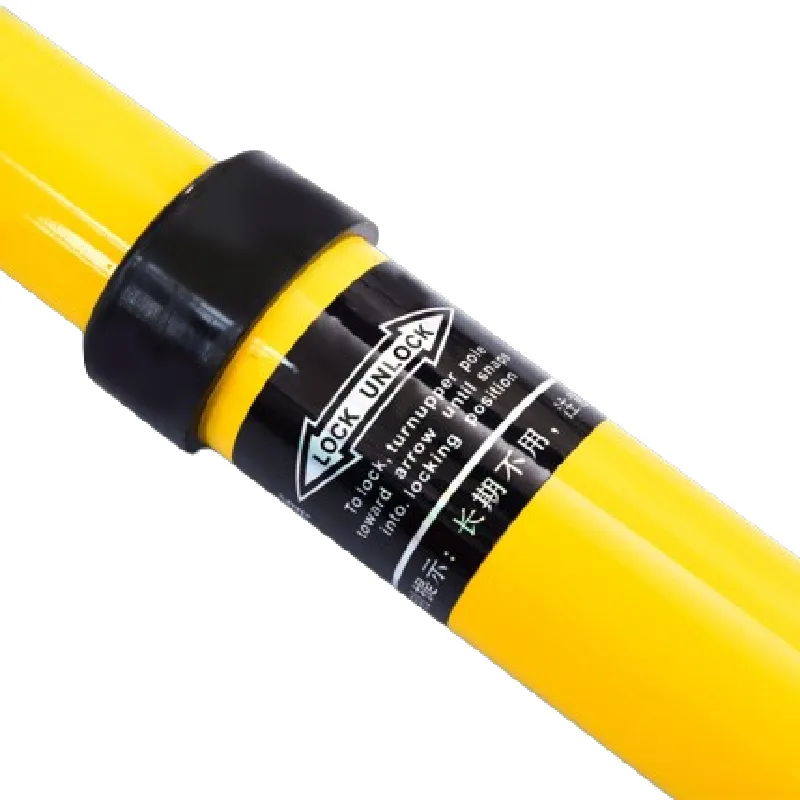
-
 Afrikaans
Afrikaans -
 Albanian
Albanian -
 Amharic
Amharic -
 Arabic
Arabic -
 Armenian
Armenian -
 Azerbaijani
Azerbaijani -
 Basque
Basque -
 Belarusian
Belarusian -
 Bengali
Bengali -
 Bosnian
Bosnian -
 Bulgarian
Bulgarian -
 Catalan
Catalan -
 Cebuano
Cebuano -
 Corsican
Corsican -
 Croatian
Croatian -
 Czech
Czech -
 Danish
Danish -
 Dutch
Dutch -
 English
English -
 Esperanto
Esperanto -
 Estonian
Estonian -
 Finnish
Finnish -
 French
French -
 Frisian
Frisian -
 Galician
Galician -
 Georgian
Georgian -
 German
German -
 Greek
Greek -
 Gujarati
Gujarati -
 Haitian Creole
Haitian Creole -
 hausa
hausa -
 hawaiian
hawaiian -
 Hebrew
Hebrew -
 Hindi
Hindi -
 Miao
Miao -
 Hungarian
Hungarian -
 Icelandic
Icelandic -
 igbo
igbo -
 Indonesian
Indonesian -
 irish
irish -
 Italian
Italian -
 Japanese
Japanese -
 Javanese
Javanese -
 Kannada
Kannada -
 kazakh
kazakh -
 Khmer
Khmer -
 Rwandese
Rwandese -
 Korean
Korean -
 Kurdish
Kurdish -
 Kyrgyz
Kyrgyz -
 Lao
Lao -
 Latin
Latin -
 Latvian
Latvian -
 Lithuanian
Lithuanian -
 Luxembourgish
Luxembourgish -
 Macedonian
Macedonian -
 Malgashi
Malgashi -
 Malay
Malay -
 Malayalam
Malayalam -
 Maltese
Maltese -
 Maori
Maori -
 Marathi
Marathi -
 Mongolian
Mongolian -
 Myanmar
Myanmar -
 Nepali
Nepali -
 Norwegian
Norwegian -
 Norwegian
Norwegian -
 Occitan
Occitan -
 Pashto
Pashto -
 Persian
Persian -
 Polish
Polish -
 Portuguese
Portuguese -
 Punjabi
Punjabi -
 Romanian
Romanian -
 Russian
Russian -
 Samoan
Samoan -
 Scottish Gaelic
Scottish Gaelic -
 Serbian
Serbian -
 Sesotho
Sesotho -
 Shona
Shona -
 Sindhi
Sindhi -
 Sinhala
Sinhala -
 Slovak
Slovak -
 Slovenian
Slovenian -
 Somali
Somali -
 Spanish
Spanish -
 Sundanese
Sundanese -
 Swahili
Swahili -
 Swedish
Swedish -
 Tagalog
Tagalog -
 Tajik
Tajik -
 Tamil
Tamil -
 Tatar
Tatar -
 Telugu
Telugu -
 Thai
Thai -
 Turkish
Turkish -
 Turkmen
Turkmen -
 Ukrainian
Ukrainian -
 Urdu
Urdu -
 Uighur
Uighur -
 Uzbek
Uzbek -
 Vietnamese
Vietnamese -
 Welsh
Welsh -
 Bantu
Bantu -
 Yiddish
Yiddish -
 Yoruba
Yoruba -
 Zulu
Zulu


Oct . 06, 2024 19:09 Back to list
'neutral electroscope - measuring wheel'
The Neutral Electroscope A Fundamental Tool for Measuring Electric Charge
The neutral electroscope is a classic scientific instrument used to detect and measure electric charge. With its simple yet effective design, it serves as an invaluable tool in both educational settings and research laboratories. Understanding the principles of the neutral electroscope, along with its applications and limitations, can provide insights into fundamental electrostatics.
At its core, a neutral electroscope typically consists of a metal rod connected to two thin, lightweight metallic leaves contained within a glass jar. When the device is neutral, the charges distributed across its components balance out, leading to an absence of electrical activity. However, when a charged object is brought close to the electroscope, it influences the distribution of charges within the apparatus.
The operation of a neutral electroscope relies on the principle of electrostatic induction. When a positively charged object approaches the electroscope, it repels the positive charges present in the leaves, causing them to acquire a negative charge from the metal rod below. This results in the leaves diverging, or spreading apart, indicating the presence of a charge. Conversely, a negatively charged object would attract the positive charges from the leaves, causing them to also diverge.
'neutral electroscope - measuring wheel'

To measure the amount of charge, one can use a measuring wheel. The measuring wheel is a portable device that allows for precise readings of the charge's influence on the neutral electroscope. By calibrating the electroscope with standardized charges, users can perform quantitative analyses. However, it is important to note that while the electroscope can detect the presence of charge, it is not sophisticated enough to measure the exact quantity without additional calibration and data.
The neutral electroscope has numerous applications beyond simple demonstrations of electric charge. In educational settings, it serves as a hands-on tool for teaching students about electrostatics, enabling them to visualize and better understand abstract concepts. Furthermore, it can aid in experiments related to the study of static electricity, helping researchers observe how different materials interact with electric charge.
Despite its advantages, the neutral electroscope has limitations. It is sensitive to environmental factors such as humidity and temperature, which can affect its accuracy and reliability. Moreover, while it can detect the presence of charge, it cannot determine whether the charge is positive or negative without further analysis.
In conclusion, the neutral electroscope, when paired with a measuring wheel, offers a straightforward yet effective means of exploring electric charge. By understanding its function and limitations, users can better appreciate this essential tool's role in both classrooms and laboratories. The insights gained from working with a neutral electroscope can foster a deeper understanding of the principles governing electrostatics, making it a staple in the field of physics.
Latest news
What Are Construction Tools and How Are They Used?
NewsJul.11,2025
Professional-Grade Duct Rodding Tools for Superior Cable Installation
NewsJul.11,2025
Enhancing Safety and Efficiency with Modern Hot Stick Solutions
NewsJul.11,2025
Empowering Cable Installation with Advanced Rodder Solutions
NewsJul.11,2025
Elevate Your Cable Installation Projects with Cable Pulling Tools
NewsJul.11,2025
Efficient Cable Handling Solutions: Cable Rollers for Sale
NewsJul.11,2025











